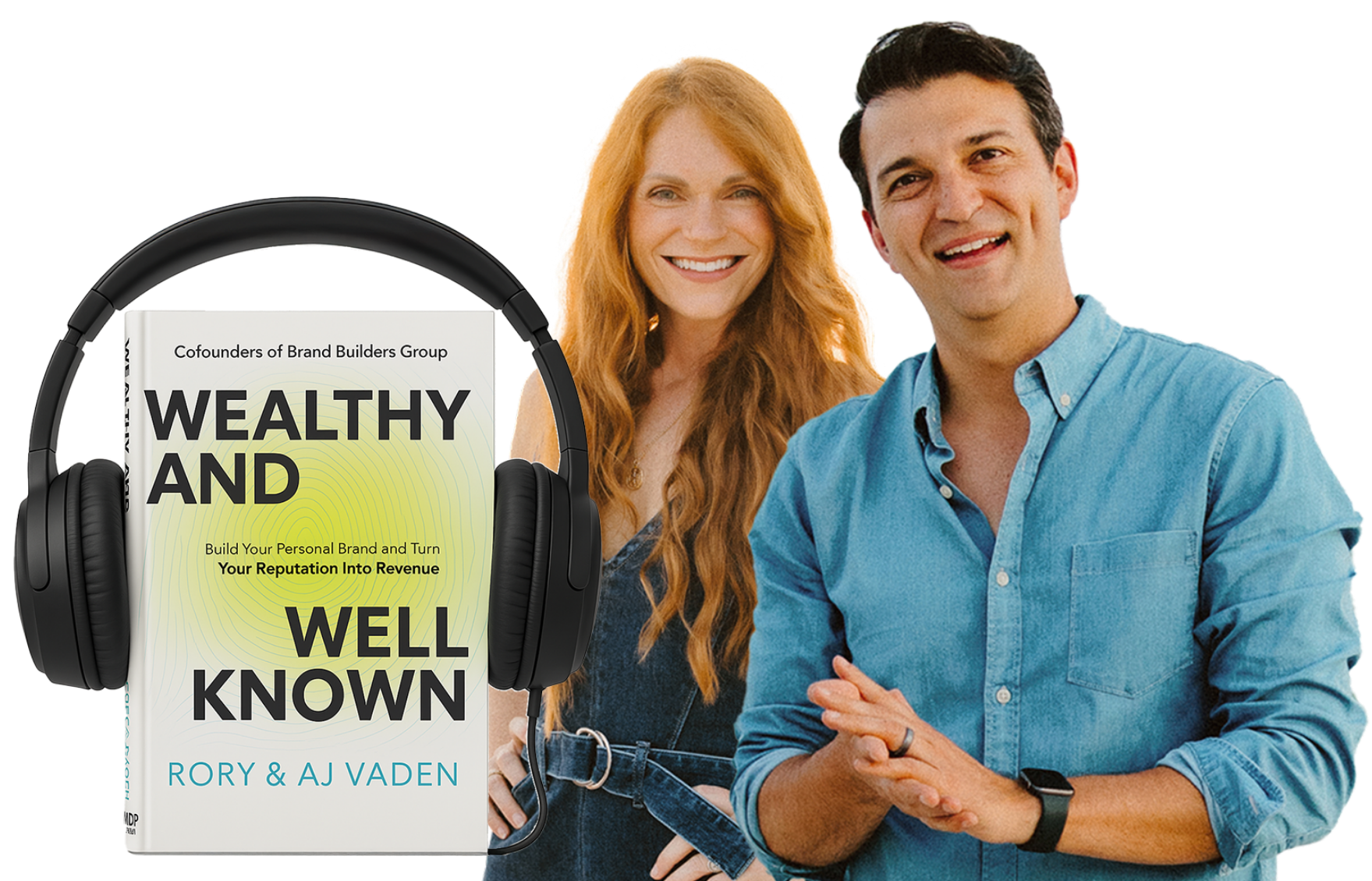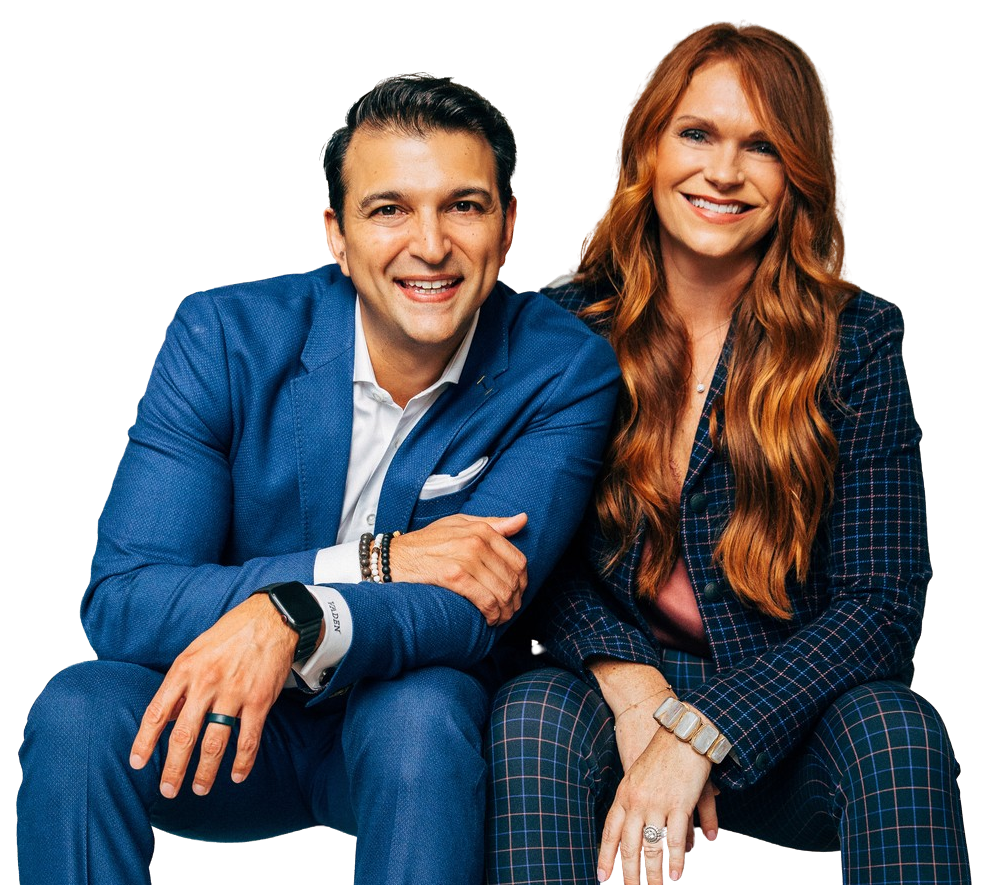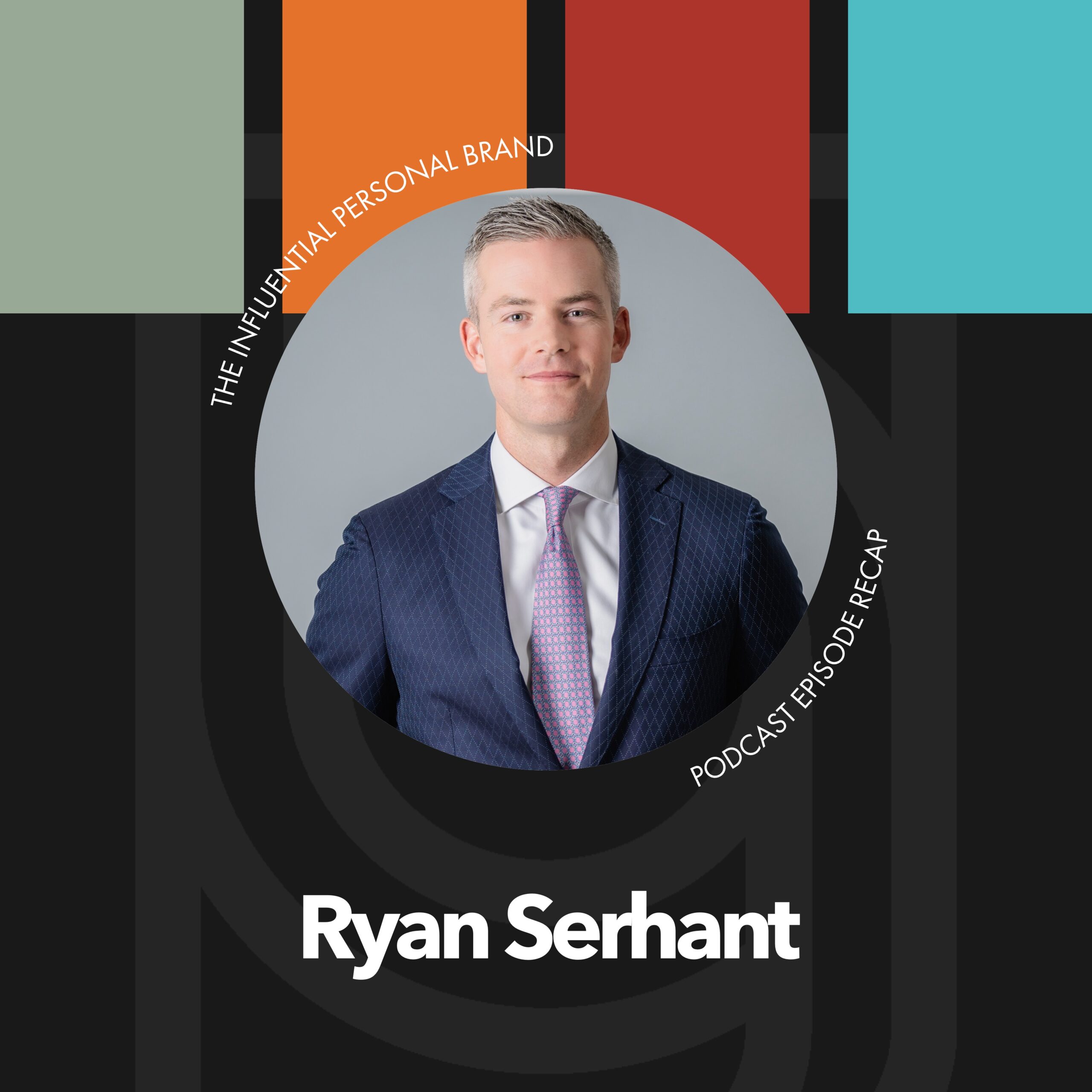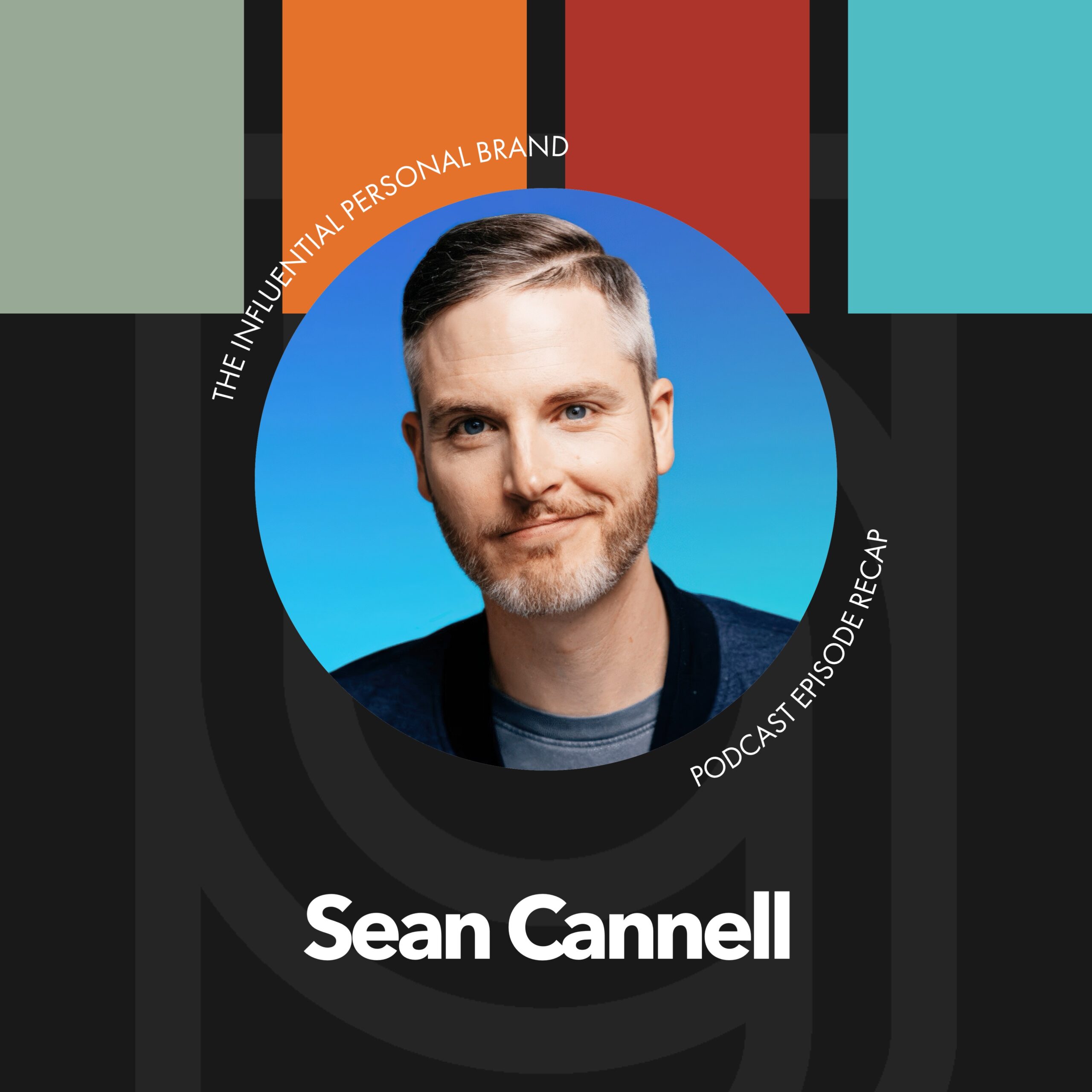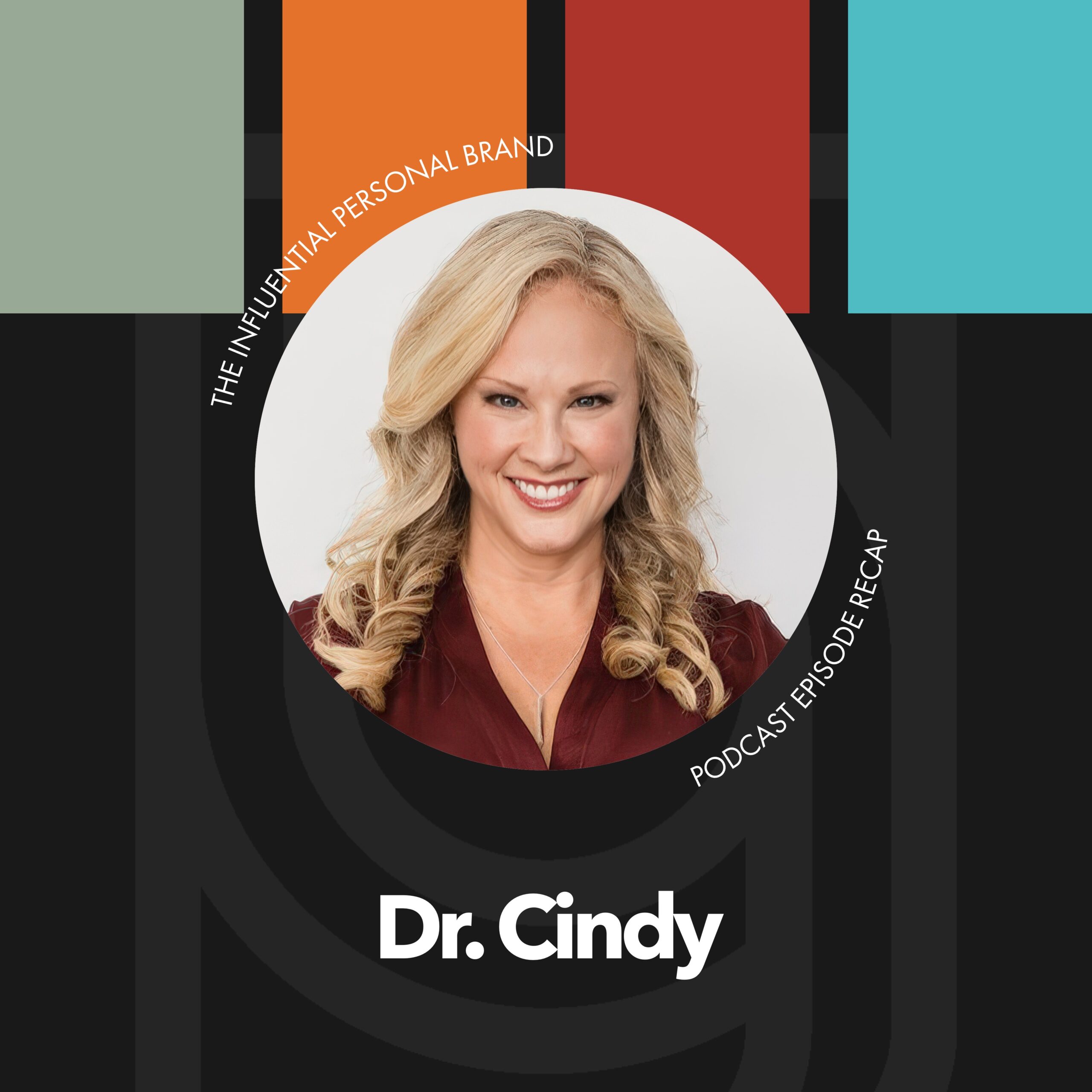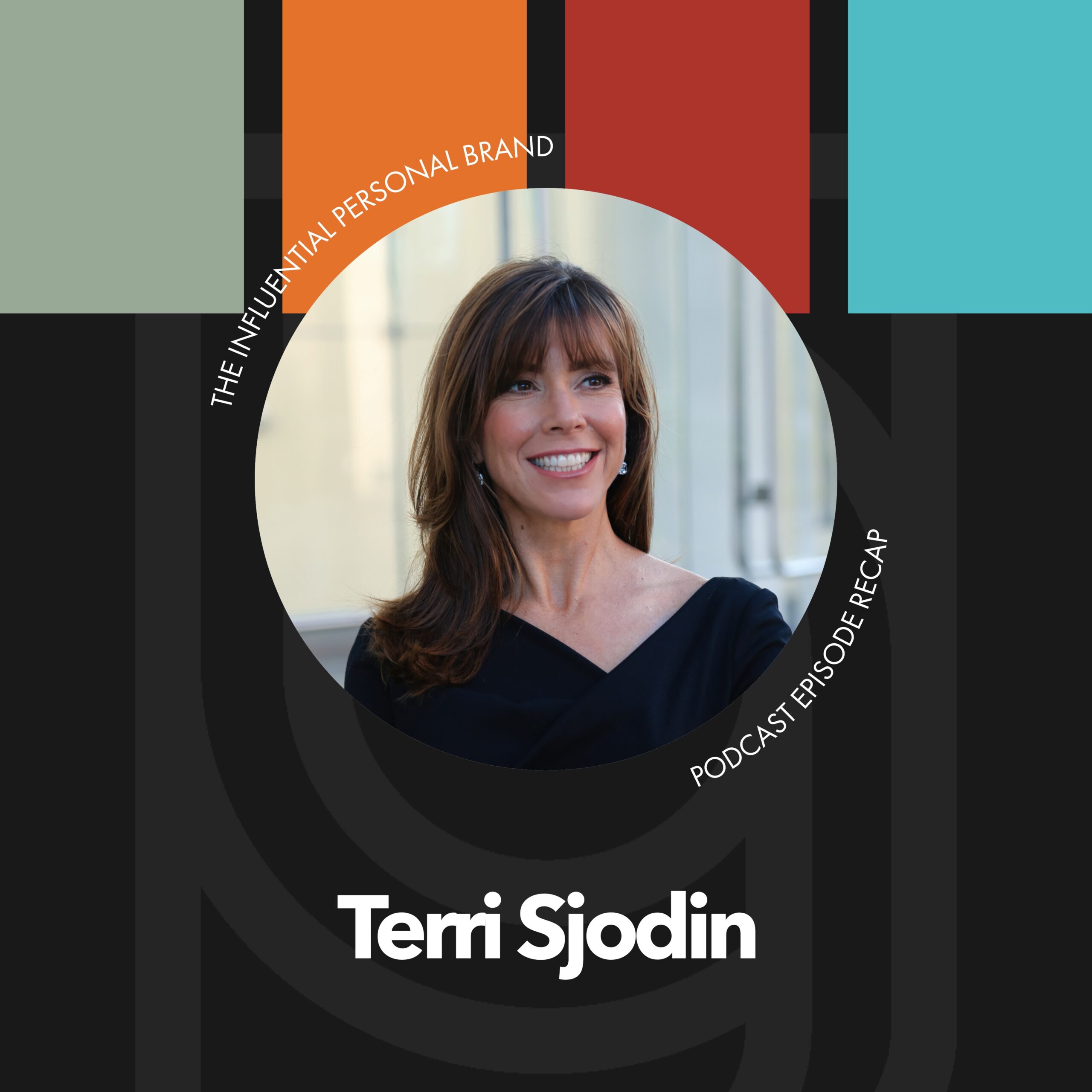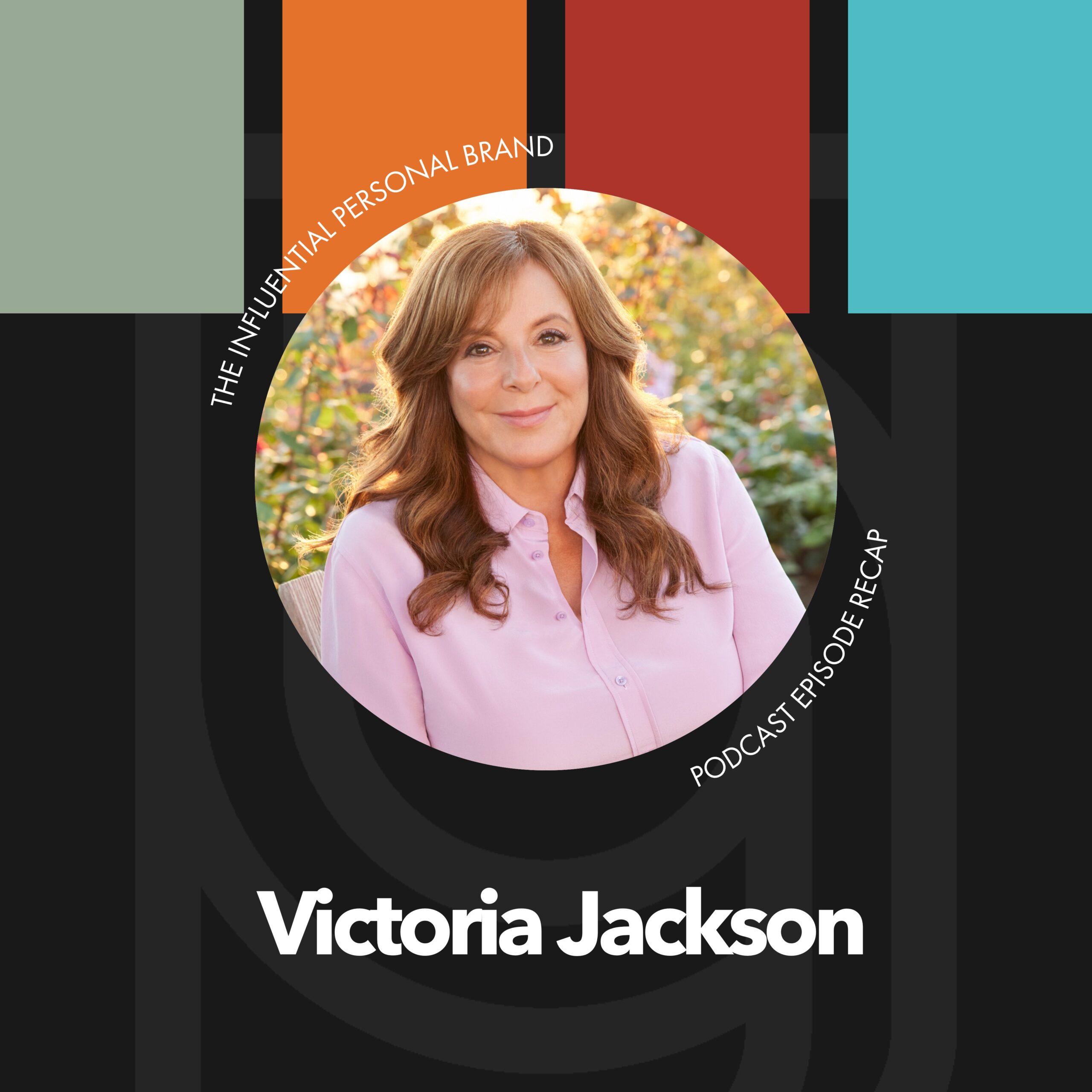AJV (00:02):
All right, guys. We are going to talk about how to set your fees. In other words, how to be well paid as a speaker, coach, consultant, author, who also does speaking, coaching, and consulting. But this is a conversation specifically designed for what we call the expert community. That person who is trading their content, right via coaching, consulting, speaking, writing, content, creating for money. And ultimately, this is to help you make more money so that your, your message gets more out into the world. At the end of the day, I believe that most of you who are listening to this are driven by mission and purpose, and you want to make money as a bri, as a byproduct of doing really good work. But at the same time, if you do really good work, then you should be paid like you do really good work.
AJV (00:56):
And for many of us there, a reason you’re not getting paid like you should is because you don’t have the confidence or the conviction to charge what you should. And that’s what this conversation is about today. So at Brand Builders Group we believe that there are four categories, sorry, five categories missed. One, there are five categories that really will help you decipher how do you set your fees? So we could talk about things philosophically or in theory, we could share best practices. That’s not what this is about today. What this is about today or what are the five categories that you need to evaluate yourself in to know how to set your fees. All right? And each one of these, I just want you to rank yourself on a scale of one to 10, one being not existent, 10 being crushing it out of this world, killing it.
AJV (01:53):
That’s what we’re talking about. So high level here are the five categories that we’re gonna go through. Credibility, content, delivery, right? Your presentation style, right? Stage presence, we could call it that. Marketing materials and reach, right? So I’ll say ’em again. Credibility, content, delivery, marketing materials, and reach high level. That’s what we’re going after here. So I’m also trying to keep this 10 minutes or less. So we gotta crush, we gotta roll. First one, credibility. Again, rate yourself on each of these on a scale of one to 10. One being I don’t have any in the market. 10 being I’m a household name, right? So this is what we’re talking about. A 10 is like a PhD or a global thought leader. These are people who have viral TED Talks, New York Times, bestselling books, people who are regularly on some of the biggest media and podcasts, your mainstream, right?
AJV (02:47):
That’s a 10. One being is you’ve got no specific expertise or track record in the public. Now, you may have a lot of hidden credibility. In other words, only a few people know about what you’ve done. But man, for those who know about it, they know it really well, and you’ve done an excellent job for them. But that’s a one, right? So this is credibility in the known marketplace. One to 10, one is going to be a lower fee. A 10 is going to mean a higher fee, right? And we’re gonna do this five times. So I want you to take an average at the very end, right? So as you jot down these numbers, so let’s just say you give yourself a five in credibility. I want you to take your average of each of these. And at the end of the, you know, episode, I want you to go, Hey, what’d you average, right?
AJV (03:37):
Did you average a five? Did you average a seven? Did you average a three? That’s what I want you to do. So that’s credibility. Content is the next one. Rate yourself on a scale of one to 10. 10 is someone who’s got award-winning ideas, original research. You are regularly referenced in the media or in the mainstream, but people come to you for this piece of content. You are known for this thing, right? You have a truly original thought leadership in this area, okay? That also means that you’ve got well-documented frameworks and IP that could be in the form of books, courses, speeches, TED talks, all the things. But it’s documented as yours, referenced as yours. That’s a 10 a one. As someone who has loosely constructed ideas, but no specific frameworks, f frameworks or organization. There’s no unique methodology or processes. And if you were just honest with yourself, these are somewhat largely repackaged ideas that already exist somewhere else.
AJV (04:44):
In other words, nothing original, truly yours yet, yet, okay? So give yourself a ranking of scale of one to 10, one being got none, 10 being I own this. Okay? That’s content. So you’ve got two. Now. Now, let’s go into number three, delivery. This is, again, I kind of said this earlier, stage presence, right? What is that? You know personality or charisma that comes across on camera, on stage in front of people one-on-one, right? 10 being you are a hall of fame type of speaker, right? You’ve got awards for your presentations, for your speaking. You’re constantly booked because people want to hear you speak. You have a captivating stage presence. People are constantly telling you, this is the best speech I’ve ever heard. This is the best presentation I’ve ever seen. People are laughing, they’re crying, right?
AJV (05:37):
But it’s like people are constantly commenting on the delivery of your presentation, of your content, right? One would be, you don’t get that one would be you don’t get invited back to speak, right? You don’t speak very much. You don’t get tons of views on your videos or comments on your videos. You struggle to keep people’s attention. You struggle to keep people engaged. You feel all over the place and others feel like you’re all over the place. Again, the these rankings are just for yourself. But I need you to be honest. Are you a 1, 2, 3, 4, 5, 6, 7, 8, 9, 10? Where do you fall in delivery? Somewhat subjective there. Okay? Now, next one, marketing materials. Right? Again, a 10 would be something that you’ve had professionally designed, right? It looks more expensive than you even are, right? It is beautifully designed. You’ve got everything matching. You’ve got brand guidelines and they’re followed.
AJV (06:33):
That’s with websites, demo videos, slides, workbooks, resource guides your social media, right? It does not mean you’ve got to have the fanciest, most expensive stuff, but it looks good, right? It looks well presented. I just came off of seeing Taylor Swift in the ERAS tour. Now, she spent millions and millions and millions and dollars. I’m not saying that’s what it is, but man, it looks well thought out. It is well planned. It is important how things look and come together. You can tell that. So is that yours or are things mismatched together and you’re just scraping by? And that’s okay. You don’t have to be at a 10 here, right? But this is, this is just helping you go, man. It’s like, you know, people always say, don’t judge a book by their cover. Well, unfortunately, sometimes they do. They go, man, that looks so good.
AJV (07:21):
It must be as good as it looks. So gotta take some of that in. I’m not saying I agree with all of that. I’m just talking about where, where, where we are here in the world. And number one is that, I mean, you’re just, you’re first starting out and it’s version 1.0 of everything. You’ve got things in word docs and PowerPoints, and you’re using your own stuff on Canada. That doesn’t mean it looks bad, it just means things are kind of compiled together and mismatched, right? That will affect your fees and pricing. It just will. So let’s just call it what it is. Where do you fall on a scale of one to 10? Always knowing that we get to improve at every level, right? We get to do better then reach. So reach is how many people do you reach?
AJV (08:04):
How many people do you have access to? How many people follow you on social media? E email list, subscribe to your podcast, how many people you are in front of on a consistent basis, right? So a 10 would be you’re someone who reaches millions on the regular, right? This is in some sort of controlled medium as well, not just on social media, but you’ve got a large email list. You’ve got a huge amount of subscribers and downloads to your podcast. And you’ve got social media, right? So when you think about this, you probably have hundreds of thousands of people on an email list, hundreds of thousands of people on social media. You have access to reach through main media other top known, well-known podcasts TV shows, radio shows et cetera. But that would be a 10, right? A one would be you’ve
AJV (08:55):
Got no email list. You don’t even know how to make an email list. very minimal social media following. So it’s in the hundreds and no direct access to any group of people, i e platforms. So you’re not speaking on good sta big stages, but maybe you are speaking at some, you know, local community groups, B and i groups, chamber of commerce groups ever. We all have to start somewhere. Those aren’t bad things, right? None of this should make you feel bad. These are just going, man, this is, this is helpful for me to go, where do I start my pricing? Right? So give yourself a score, right? I would say for reach, you know, I don’t have a huge social media following, so it’s not all about that. But I have access to big platforms. I’m on a lot of stages.
AJV (09:39):
I only have like 9,500 people that follow me on Instagram, maybe 15,000 all in on social media. So this is not all about having a huge social media file. I don’t care to have that. But we have a fairly large email list, which I do care a lot about. I have access to lots of large audiences through other people’s podcasts and stages, but I would not rate myself anywhere near a 10. I would say I’m, in terms of reach, I’m somewhere like a six or a seven, right? And I do this for a living, right? But is, is being honest with myself to go through each of these. It will help, you know, one where you are today and in what of these categories can you quickly improve on. Like, I could improve on reach if I so desired, right? I’ve spent a ton of time and money and resources over the last year to upgrade my personal marketing materials.
AJV (10:26):
That was an area I was focusing on. My content, I feel like is world class, right? I do believe you should believe in yourself, and I believe in myself. Credibility. I have good credibility, right? Can always be more, we have original research, we’ve spent the money to get original data, like we’ve done that work, but it’s like where you score also lets, you know, where could you do more? Where could you get help? Where could you get coaching? Where, where do you need to put some attention is also really helpful. So here’s how I would base across, if you averaged ones across the board, I would just say a starting point would be, you are probably charging for, this is for a speaker fee or coaching fees. I’m just calling it for an hour, right? But if you’re charging, or sorry, if you’re averaging a one, you’re probably charging in the hundreds, not the thousands in the hundreds, right? And then just for the sake of time, just to kind of give you some averages here, if you average a five, right? So if you’re averaging fives across the board, you’re probably charging somewhere between thirty five hundred and fifty, five hundred, right? That’s a five. So at one would be you’re charging hundreds of dollars, right? And then the twos, threes and fours are those low thousands. And then as you average out of five, you’re probably charging somewhere between, and this, I’m looking at an hour here. This is kind of like for a speaker fee,
AJV (11:52):
Right? For $3,000, right? So if you were gonna do that for coaching, that might 3000 might be your first coaching package, right? Then again, trying to give you some baselines here. If you’re, try, if you’re averaging in the eights then you’re probably at a keynote fee. If you have eights across the board, you’re probably charging somewhere between 25,000 and $30,000 as a coach or a consultant. That means your package is probably somewhere between 25,000 and $30,000 if you’re averaging the eights. Now, if you were averaging tens across the board and you’re just like, you know, pit bull, pit bull is to worldwide himself, right? Like a speaker fee for you would be like a hundred thousand dollars of speech, right? You’re talking about like presidential rates here. You’re talking about Brene brown rates and Mel Robbins rates, Tony Robb rates who are more, right?
AJV (12:45):
Those are even more than this in some cases. But if you’re a coach or a consultant, right? Those are your packages, right? You could be upwards of the a hundred thousand dollars packages of your tens across the board. So this is how I want you to think about this. It helps, you know, one, what’s your baseline, where you are today in these categories, credibility, content delivery, marketing materials, and reach. And then I’m just giving you some averages. If you averages one across the board, then you’re in the hundreds. If you’re five, you’re in, you know, averaging five, somewhere between the three and 5,500 range. And then eights, you’re up there, you’re getting up there. It’s like that’s that 25 to 30 range. And if you’re, tens are across the board at six figures and up per speech or per package. So how to set your fees back to this, it’s like there are five categories that we believe are really important for you to consider to have some unbiased internal look at.
AJV (13:38):
What’s my content, right? How original is it? How forward thinking of it is it what’s my delivery style, right? How, how much have I invested into making sure that I know how to deliver it? Well, marketing materials, your reach. And there’s so many different things to be looking at here. And I hope this is kind of gives you a baseline. It’ll help you know where to start, where to improve. And also as those numbers, those averages increase. So do your fees. So how do you set your fees? You ask yourself, how credible am I? How good is my content? How good is my delivery? How good is my marketing material? And then how, how much reach do I have? And those are the five categories to help you set your fee. So go set your fees, go raise your fees, and go get well paid. We’ll see you next time.

